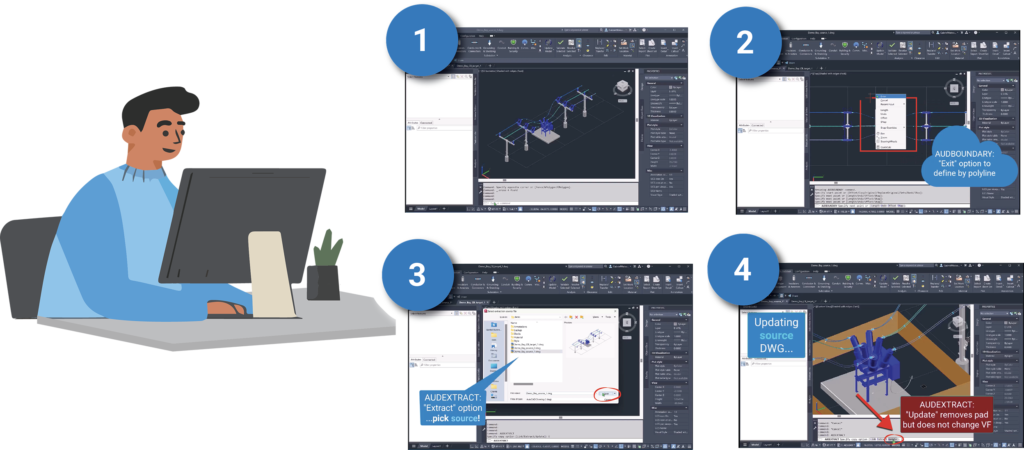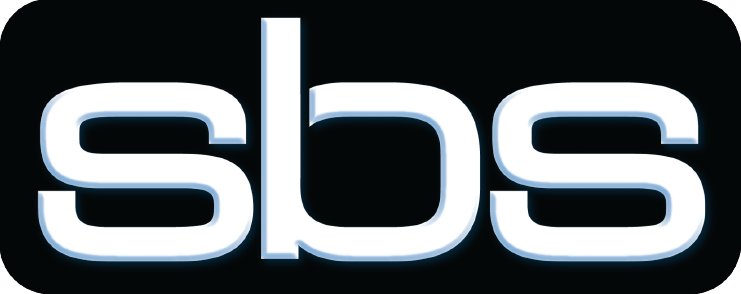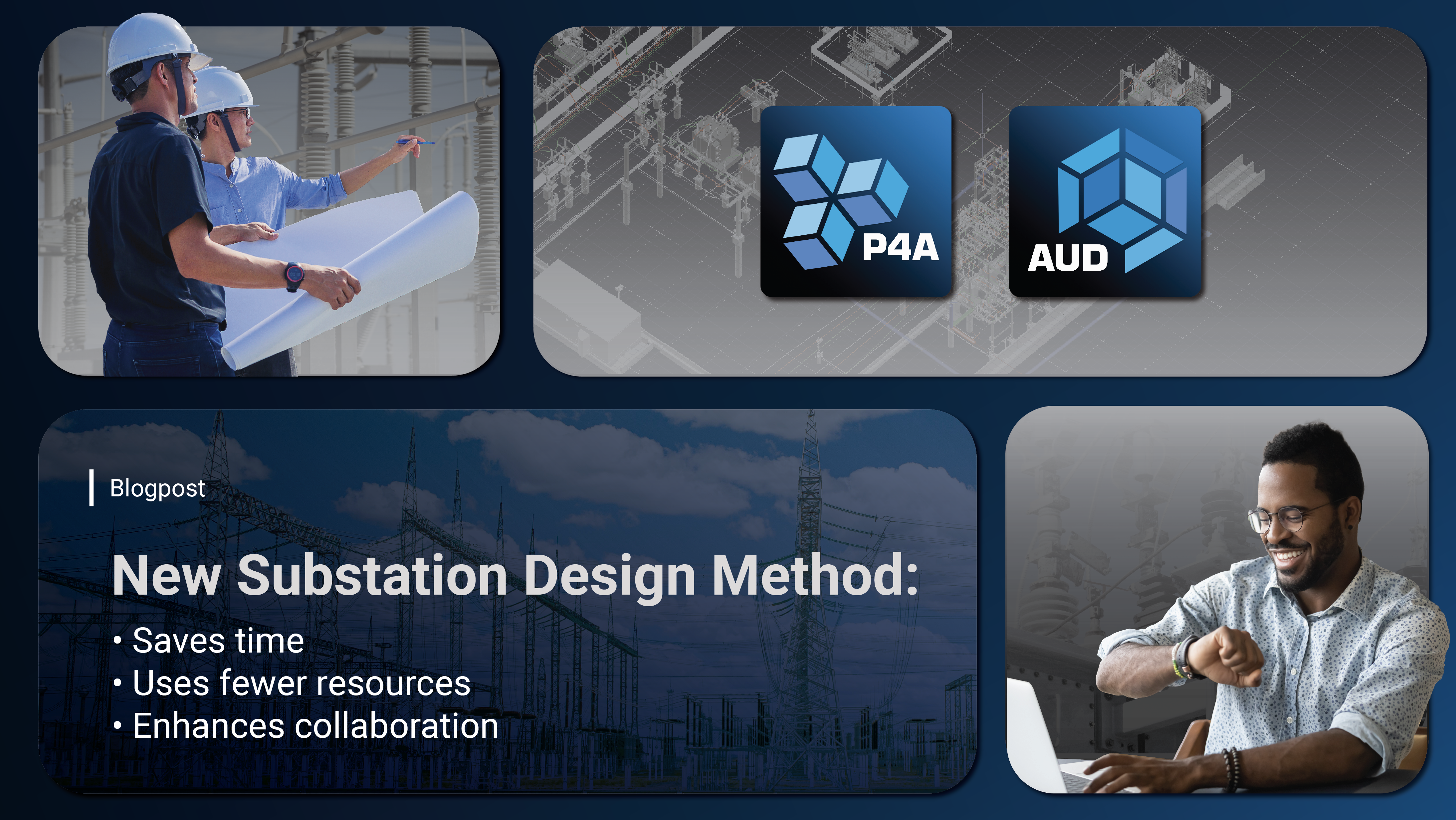The extraction method offers a much-needed workflow update for teams designing substations and other complex projects.
Over 55,000 substations support the power grid across North America. Notably, the average age of transformers in these substations exceeds 40 years, indicative of a widespread need for upgrade and modernization.1
Electrical and civil engineers employed by utilities and engineering firms face a challenging task: modernizing these essential facilities involves dealing with outdated methods that complicate and slow project execution. To incorporate changes, they must repeatedly copy, paste, and redesign large and often intricate models, wasting time and resources. Moreover, there is a lack of collaboration and version control amongst these copies, which can be frustrating even for experienced professionals.

The typical 3D substation design workflow faces multiple challenges:
1) Substation projects are often split into sub-projects for financial or compliance reasons and size or complexity.
2) The design process typically involves making multiple copies of the existing model and redesigning it to incorporate changes, leading to manual tracking of copies and labor-intensive data re-entry.
This results in engineers and designers working in silos and spending more time managing files and data instead of designing.
Aware of these challenges, industry professionals require an innovative solution to streamline substation design workflows.
Is there a better way?
This is the question the SBS team has been working to solve for the past several months. Anthony Contino, Solutions Manager of Substation Products and an experienced Electrical Engineer specializing in substation design, provided insight on how the new extraction method will enhance the efficiency of substation design:
The team initially considered ways to improve the current process for updating Assemblies, a Substation Design Suite™ (SDS) function that allows for large groupings of equipment to be placed quickly. This expanded to track additional intelligence and relationships. The current commercial release allows the use of data subsets from a larger model, enabling true collaboration across subsets, and permitting changes to be merged back into the larger model.
“The extraction method has the potential to become the industry standard for simplifying the workflow of substation design,” said Contino.
The Extraction Method in a Nutshell
The extraction method is a new alternative to the rudimentary “copy-and-paste” approach of working with large models that utilities, AEC, and EPC firms currently use. It was developed to work with large-scale 3D intelligent substation design models.

The process works as follows:
1) Open relevant substation model(s).
2) Define boundaries where design work will occur by drawing around the relevant equipment in your design.
3) Extract sub-designs from the main model into standalone drawing(s).
4) When the design is finished, merge the changes back into the main drawing.
Unpacking the Benefits
The extraction method directly tackles the challenges of traditional substation design by streamlining the resources needed to manage complex 3D models and enhancing team collaboration. It moves away from conventional yet inefficient practices like copy-paste redesign, offering a more dynamic and efficient way to handle revisions and updates.
The extraction method excels by allowing engineers to isolate and refine parts of a model without dealing with its entirety. This approach ensures that all modifications are aligned with the master drawing, saving significant time and reducing the risk of errors during reintegration.
- Streamlined Workflow: This significantly boosts productivity and performance by reducing the physical size of the models being worked on. Handling smaller, extracted model subsets makes the design process more manageable and less cumbersome.
- Enhanced Collaboration: The ability to extract the needed portions and then merge changes back into the master model is reminiscent of GIS (Geographic Information System) environments. This feature supports workflows that need to split the work into multiple subprojects and allows multiple designers to work on different parts of the project simultaneously and easily integrate their changes.
- As-Built Support: Ensures that any post-construction modifications are merged back into the main design smoothly and efficiently. This continuous integration helps maintain the integrity and accuracy of the final model.
“Having worked on numerous brownfield projects, I’ve seen firsthand the challenges of updating substation designs. The extraction method provides a much-needed workflow update, particularly for teams managing large, intricate models, significantly cutting down on the time and resources required. Without a doubt, this is the secret weapon substation design teams have been missing,” noted Contino.
Looking Ahead
In the future, the extraction method could be leveraged in multiple scenarios:
- Animal guard or wildlife protection updates and audits. Modifications for animal guard components could be easily made in an extraction and then merged back without locking down the drawings for the entire station.
- NERC compliance for transmission. For substations operating above 100kV, targeted updates can be made in an extraction with minimal disruption, ensuring compliance.
- Phased project design. Individual sections of a large substation project can be extracted, worked on, and joined to the master model sequentially as each phase is completed.
- Managing changes during ongoing projects. Urgent modifications due to equipment failures or other emergencies can be swiftly addressed without impacting In-flight designs.
- External analysis integration. Extracting model sections for advanced external analysis, making changes, and syncing them back into the primary substation design.
Further integrating extraction into substation design processes will lead to continued improvements in other areas of project work.
Collaboration with our partners has shown that extraction supports many GIS-like workflows, including the ability for several designers to work in the same area of a station project simultaneously. Exploration of the benefits in this space will continue, as well.
Discover More
The extraction feature is included in the latest P4A/AUD release, version 8.5. Customers can access information about this update and other helpful resources on the Support Portal.
Want to experience intelligent physical design?




